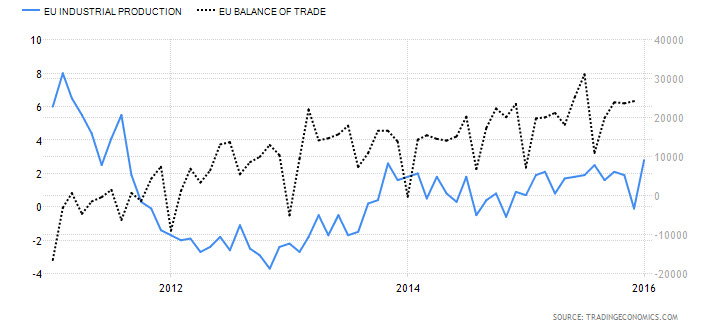
Sometimes the smartest thing is to do nothing.
This column has been pretty harsh on the Federal Reserve for its failure to start tightening monetary policy, as it sort of promised it would back in December. Since then, there’s been a steady stream of “yes we will, no we won’t” pronouncements from the Fed – both from the Fed itself and its individual members – that have left investors confused about the direction of U.S. monetary policy. Now, nine months later, the Fed has still not made the next move in “normalizing” interest rates.
A Reuters survey released last week found that 69 of 95 – that’s nearly three out of four – economists don’t expect the Fed to raise rates until December, after the presidential election, followed by two more hikes next year. We’ll see. Continue reading "The Bond Market Gets Curiouser and Curioser"


